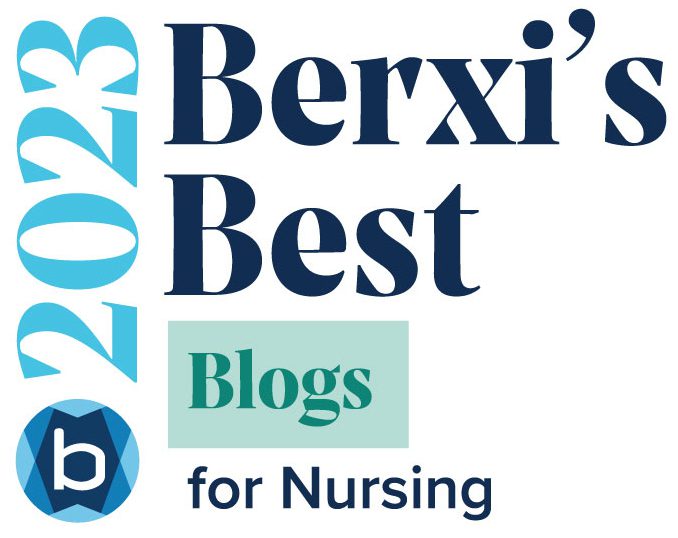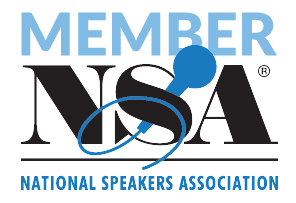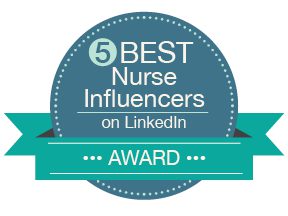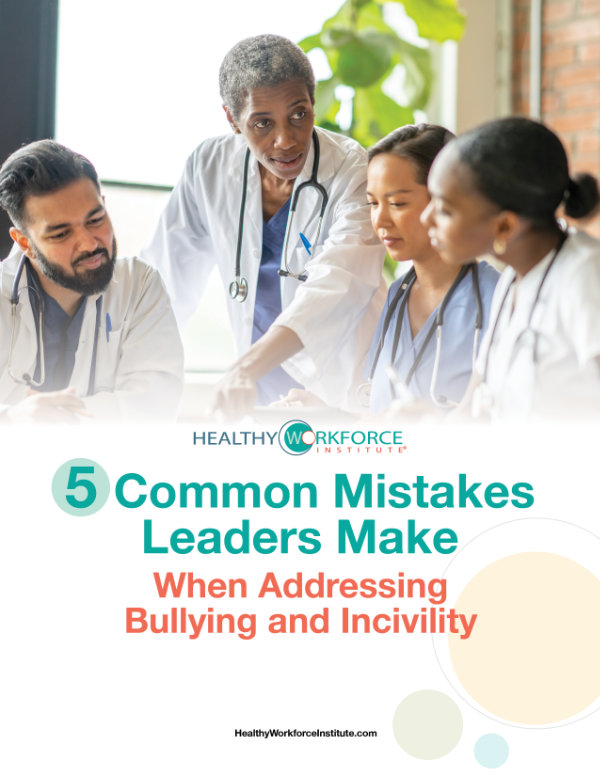 Racism in healthcare is widespread within the nursing profession. We’ve all seen it whether we realized it or not. And may have been a part of it! What have we done about it? Not enough! The National Commission to Address Racism in Nursing defines racism as an “assault on the human spirit in the form of biases, prejudices, and an ideology of superiority that persistently cause moral suffering and perpetuate injustices and inequities.”
Racism in healthcare is widespread within the nursing profession. We’ve all seen it whether we realized it or not. And may have been a part of it! What have we done about it? Not enough! The National Commission to Address Racism in Nursing defines racism as an “assault on the human spirit in the form of biases, prejudices, and an ideology of superiority that persistently cause moral suffering and perpetuate injustices and inequities.”
Racism in healthcare is rampant appearing in many different forms (systemic, unit-based, individually), different ways (jokes, criticism, microaggressions), and sometimes difficult to identify (covert behaviors). Regardless, racism in healthcare is toxic, deplorable, and inexcusable. And yet, it prevails! As nurses, we are ethically responsible to treat our colleagues and others with dignity and respect while fostering a culture of civility and kindness. Racism is far from that! It’s an assault to an individual where there’s no dignity and no respect. Racism in healthcare negatively impacts the overall well-being of individuals, the workforce, and patient outcomes.
Where is Racism Happening? Big City or Rural Communities?
When working directly with leaders and their teams, the topic of racism comes up. In a large city acute care hospital in Washington D.C., a charge nurse divided the patient care assignments based on race. She gave her peers, who were of the same race, easy patients to care for during their shift and assigned the more challenging and difficult patients to the remaining nurses on the shift. Almost every day, arguments broke out around the nurses’ station about what were fair and unfair assignments. This battle created conflict among the team members, which impacted relationships and patient care. Other times, staff accused their manager of targeting them because they were of a different race.
In rural communities, racism is heightened when minority populations want to enjoy the “small town” feel and raise their families. A CNO hired an experienced emergency room nurse, who was black, for her small hospital in northwest Arkansas. On the nurse’s first day in the ER, she was never welcomed by her peers or interprofessional team, she was excluded during lunch conversations, and they omitted patient information to her during handoff communications. At the end of her FIRST day on shift, the nurse entered the CNO’s office and immediately resigned. She explained to the CNO the racism that occurred, she felt she would never be accepted by her team members, the community, nor would she be able to provide safe patient care. She left the organization and the CNO shared how embarrassed and furious she was – losing a GREAT nurse!
How Prevalent is Racism in Healthcare?
Time and time again, we hear of the prevalence of racism in our society. Within the nursing profession, there have been numerous studies revealing widespread racism in healthcare. Out of 5,600 nurses recently surveyed by the National Commission to Address Racism in Nursing:
- 94% indicate there is widespread racism in the nursing profession
- 63% of nurses have personally experienced racism in healthcare; with Black nurses experiencing the most racism (92%)
- 76% of nurses have witnessed an act of racism in healthcare
- Racists acts are typically performed by:
- Peers – 66%
- Patients – 63%
- Leaders – 60%
- 57% of the nurses have challenged or reported racism in healthcare with 64% indicating nothing was done based on their efforts.
In 2022 we STILL have a problem, Houston!
A White, Female Dominated, Privileged Profession
Throughout the history of the nursing profession, nursing has been a white, female dominated, privileged profession. In 2020, only 20% of the entire RN workforce were non-white individuals. Racism in healthcare pervades through exclusion, incivility, disrespect, and denial of professional development opportunities. As nurses, our failure to address and call out racism in healthcare has contributed to the systemic problem. We are personally accountable to respond to and report racism. The ANA 2015 position statement on Incivility, Bullying, and Workplace Violence states that we are to “create and sustain a culture of respect, which is free of incivility, bullying, and workplace violence. … we have an ethical, moral, and legal responsibility to create a healthy and safe work environment for RNs and all members of the health care team, health care consumers, families, and communities.” And, as a white, female nurse, it’s time we step-up, speak-up, and take action!
Creating a Culture of Acceptance and Safety
Leaders, it’s time to take deliberate actions to stop racism in healthcare and build respectful, cohesive teams.
Organizational Level
- Anti-racism must be part of an organization’s mission, vision, policies and should be a component in the code of conduct.
- Mandatory reporting must be built into HR processes and the value statement to ensure when racism occurs, it’s reported, a follow-up plan is implemented, and feedback communication loop to all involved.
- Raise awareness! Foster a culture of belonging by establishing cultural norms and communicating behavior expectations.
- Silence is violence! Leaders must foster a zero tolerance policy for racism and raise awareness of deviant behaviors. It is every team member’s responsibility to take the blinders off, be accountable, stop, and report racism in healthcare.
- Create diverse councils and committees. Don’t have only one individual of a specific race be the only representative and think there’s diverse representation on councils/committees. Diversity requires the integration of individuals from a variety of varying perspectives to reduce bias. Invite a distinct set of individuals to participate on councils and committees providing their collective representation of the organization.
Department Level
- Do not refer to an individual’s role by their race. Tokenism is describing an individual based on their race and role (e.g., our Black Educator, our Filipino Assistant Manager). Every team member, regardless of race, has obtained their position based on their knowledge, skills, and experiences. Because race should not be a descriptor for anyone’s role.
- We all have biases about people we don’t know well. So, during huddles, unit meetings, or through a team bulletin board, encourage team members to share something about themselves. As a result, this strategy provides team members the opportunity to become acquainted with each other, reduce biases, and foster a sense of inclusion, and cohesiveness.
- Implement an acuity-based assignment model. Nurse-patient assignment models, developed on acuity measures, distribute patient assignments based on evidence ensuring equitable assignments. As a leader, it’s your responsibility to periodically review the assignments and make sure they are fair.
- Provide ongoing education. Stopping racism in healthcare is a slow and steady cultural change process (inside and outside of the healthcare environment). It requires continuous education to be provided to the entire interprofessional team on how to be inclusive, equitable, respectful and accepting of all team members.
Racism in healthcare cultivates toxicity, hate, and negatively impacts the health and well-being of the human spirit. Leaders are responsible to ensure every team member is physically and emotionally safe in their workplace. Therefore, it is time for us as nurses, leaders, and even more so as humans, to generate the momentum for change! As nurse leaders, we have an ethical responsibility to speak up and eradicate racism in healthcare.
“To bring about change, you must not be afraid to take the first step. We will fail when we fail to try” ~ Rosa Parks
Let’s continue this conversation.













2 thoughts on “How to Reduce Racism in Healthcare”
Great article! Thanks for all the work you do to mitigate WPV, incivility and bullying in nursing and the larger healthcare community! I appreciate you outlining specific tactics that we can employ in order to reduce these assaults and prejudices. Thank you for sharing!
You’re so welcome! I appreciate the time you took to comment. Bullying and incivility are on the rise and it takes dedicated people to stop it!